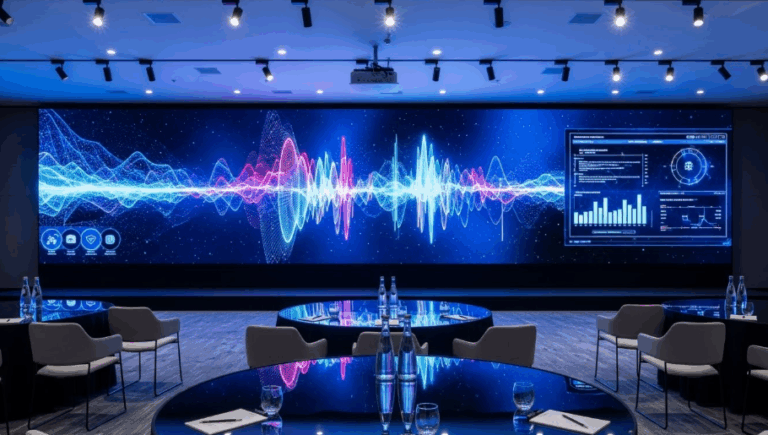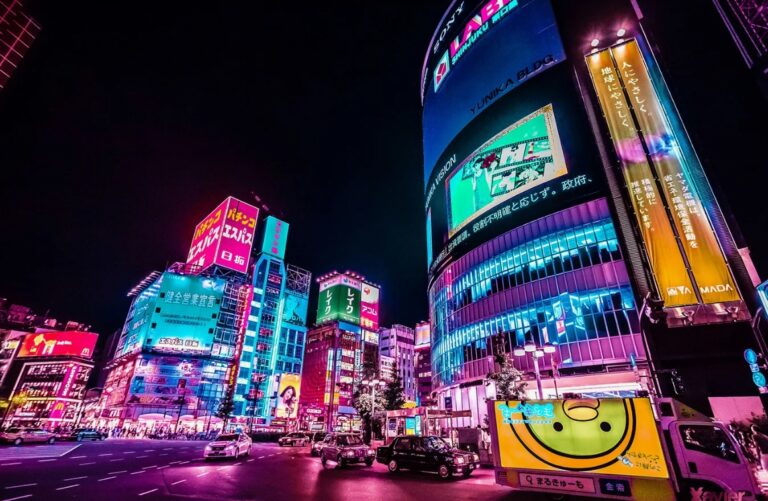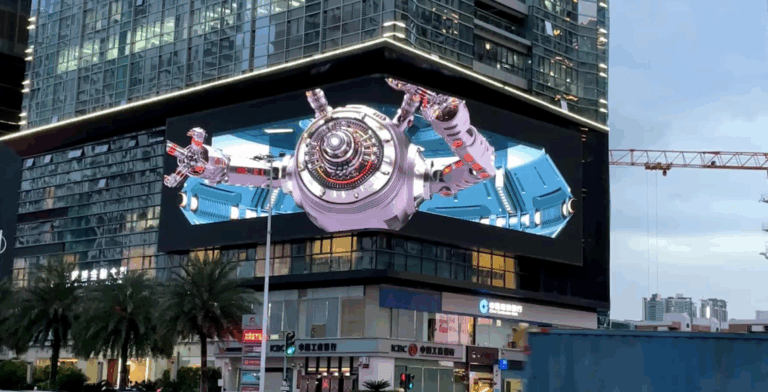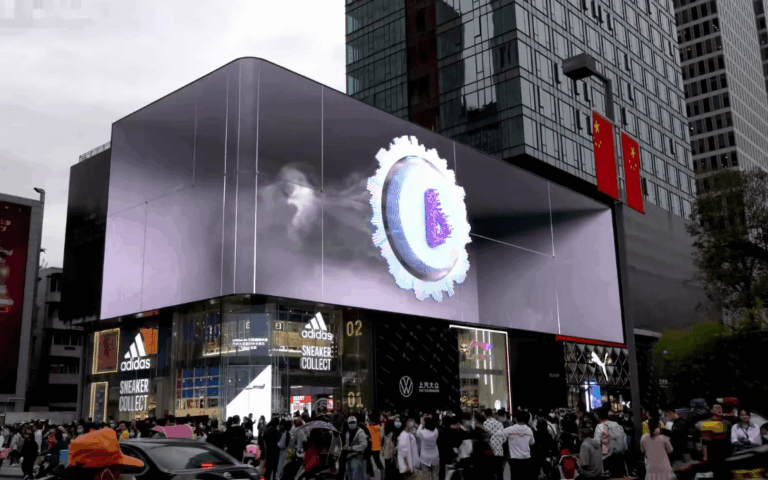The manufacturing of LED displays involves a variety of materials, including display panels, casings, cooling systems and accessories. The following are some materials commonly used in LED display manufacturing and comparisons between them:
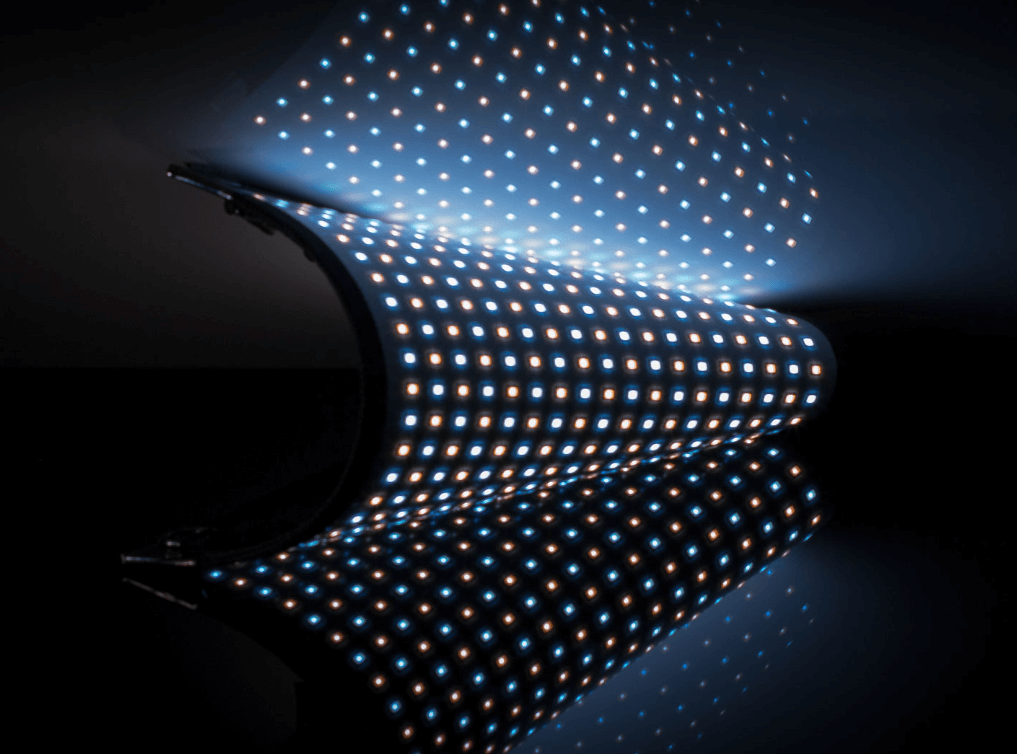
Display panel:
LED chip: LED chips are usually semiconductor materials, such as gallium arsenide (GaAs), etc. They provide high brightness and long life and are often used to form LED pixels. Learn more about pixel density and resolution of LED displays.
Panel substrate: The panel substrate can be made of different types of materials, including silicon substrate, aluminum nitride substrate, etc. Selecting the panel base material can affect the performance and cost of the LED display.
cooling system:
Aluminum alloy heat sink: Aluminum alloy heat sink is often used in LED displays to help dissipate heat and maintain a stable operating temperature of the LED chip.
Fan cooling: Some LED displays use fans to enhance heat dissipation, especially in high-brightness and high-temperature environments.
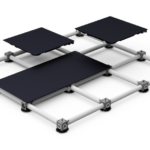
Packaging material:
Epoxy resin encapsulation: Epoxy resin is a commonly used encapsulation material used to protect LED chips and circuits. It has insulating properties and is relatively resistant to moisture and chemicals.
Silicone encapsulation: Silicone encapsulation has good moisture resistance and is suitable for outdoor and high-humidity environments.
Glass Panel: Some LED displays use glass panels to protect the LED pixels, providing better durability and scratch resistance.
Circuit board:
FR-4 circuit board: FR-4 is a common circuit board substrate that is usually used to manufacture circuit boards for LED displays.
Flexible circuit boards: Flexible circuit boards are made of flexible materials that can adapt to curves and curved shapes, making them suitable for specially designed displays. What should you consider when customizing LED digital screens?
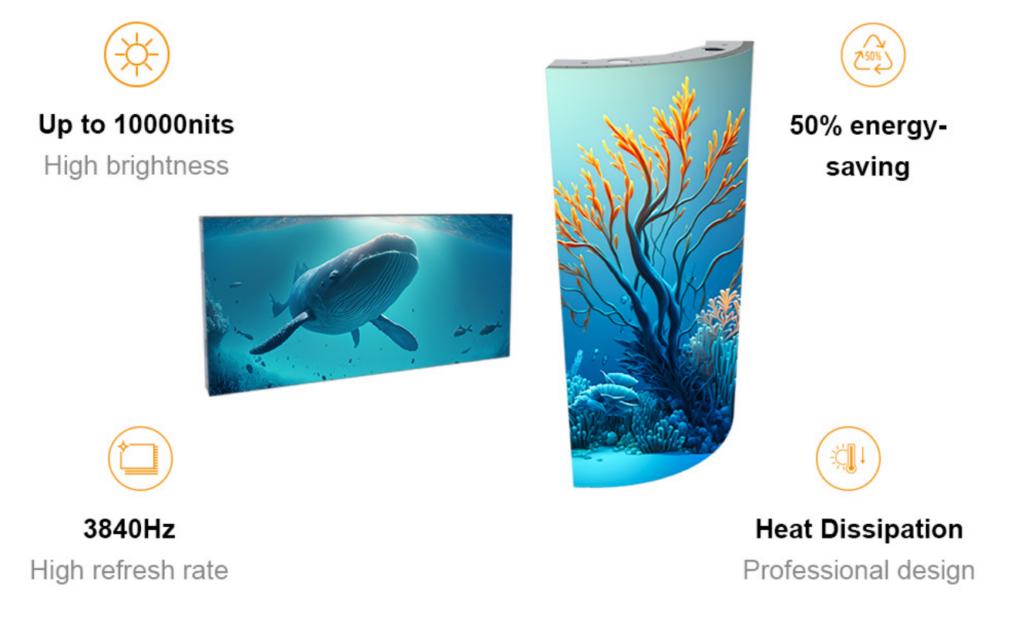
LED display box
Stainless steel: The stainless steel used for general decoration mainly includes matt brushed stainless steel and mirror stainless steel, which can be selected according to customer requirements. Commonly used thicknesses are 0.8 mm, 1.0 mm, 1.2 mm, 1.5 mm, etc. The material thickness is generally determined based on the size of the hemming area.
Aluminum plate: The aluminum plate is made of aluminum alloy plate and pressed into a fixed size by mechanical means. It is fixed to the steel structure frame through connectors. A variety of colors can be selected, or the color can be sprayed by yourself. The disadvantage is that the cost is high, and the size needs to be prepared in advance. It is not easy to change on site.
Aluminum-plastic panel: It is a very commonly used decorative material. The structure is to cover a thin aluminum layer on the plastic substrate, and use fluorocarbon spraying to protect the exposed paint surface. The advantages are more colors and good weather resistance. Light weight and easy to make on site. Commonly used specifications include indoor panels and outdoor panels; thicknesses are 3 mm and 4 mm.


